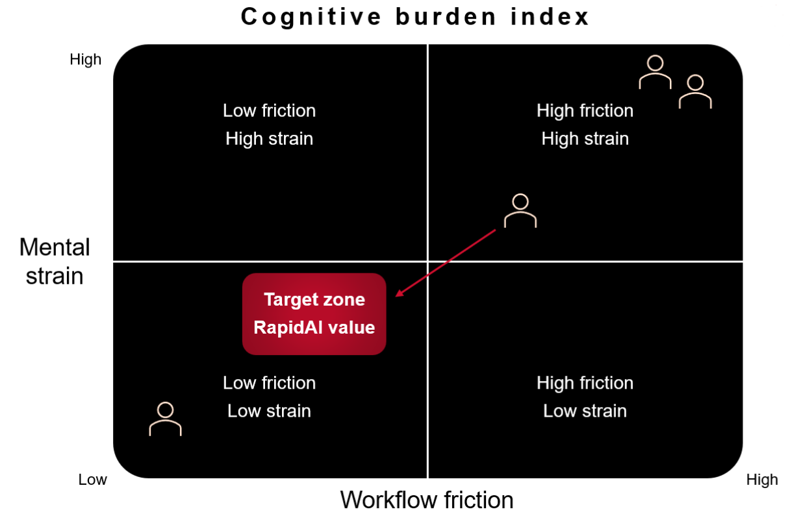A transient ischemic attack (TIA) is a temporary blockage of blood to the brain that lasts for less than an hour but doesn't cause any deficits. However, TIA or "mini-stroke" increases the risk of cardiovascular events in the next five years.
What are the 5-year functional outcomes after a TIA? What are the risk factors associated with long-term disability in TIA patients? These are unknown.Dr. Cristina Hobeanu and co-authors analyzed data from tiaregistry.org, an international, prospective, observational registry, to answer these questions. The registry includes data from patients who had TIA or minor ischemic stroke, from 61 specialized centers, across 21 countries.
Key takeaways:
- 22.9% of the patients (710/3,105) had an mRS > 1 or died due to recurrent events or comorbidities within 5 years of TIA.
- Stroke recurrence contributed to long-term disability, but it was not the only risk factor.
- Regular physical exercise before the index event significantly reduced the risk of long-term disability compared with patients who did not exercise.
Study design
The authors analyzed data from patients who had TIA between May 30, 2009, and December 2011, were 18 years or older, and had follow-up appointments for five years. When evaluated by a stroke specialist, the patients were diagnosed with focal retinal or brain ischemia, with the resolution of symptoms and an mRS 0-1.
The impact of comorbidities on long-term functional outcomes
3,105 patients met the study criteria. At five years, 710 (22.9%) of the 3,105 patients had poor functional outcomes or died (mRS > 1) due to recurrent events or comorbidities. Out of the 710 patients, 157/710 had a recurrent ischemic stroke, and 27/210 had an intracranial hemorrhage.
The study confirmed the role of comorbidities such as old age, diabetes, hypertension, congestive heart failure, coronary artery disease, and atrial fibrillation in predicting the risk of long-term disability following TIA. Living alone was also associated with poor long-term outcomes following TIA.
Physical activity and long-term disability in TIA patients
This study's important and novel finding was that physical activity before the index event was strongly inversely associated with disability or death at 5-years of follow-up. Public health messaging on the importance of physical activity is paramount.
Exercise for the prevention and relief of cardiovascular diseases
According to a report by the World Health Organization, more than a quarter of the world's adult population (1.4 billion adults) is not exercising enough, putting them at greater risk for diseases such as stroke, heart failure, and hypertension.
For healthy adults, the World Health Organization recommends getting at least 150 minutes per week of moderate-intensity aerobic activity or 75 minutes per week of vigorous aerobic exercise, or a combination of both, spread throughout the week.
The American Health Association recommends stroke survivors speak with healthcare professionals and physical therapists to understand how much exercise is appropriate for them.
Being active has several benefits. It can improve cardiovascular health, boost mood, and increase stamina and sleep quality. Anyone can get started today by sitting less and moving more.
As we progress in understanding stroke, risk factors, and reducing disability, check out how RapidAI has partnered with some of the most influential stroke clinical trials and produced high-quality data to improve stroke care.

